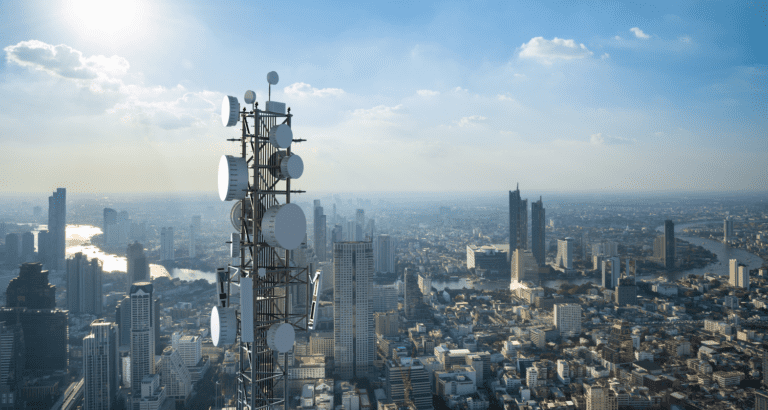Not Nokia, but Ericsson will provide AT&T with ORAN equipment to modernize their network over the next few years. Nokia’s only remaining U.S. customer is T-Mobile USA, but they too are said to be dissatisfied with the Nokia design.
AT&T has committed $14 billion over five years for the Ericsson contract.
Telcos are not too keen on expanding and modernizing their networks given the global economic situation. This makes the contracts that can be secured extra important. As these deals tend to span multiple years, they also don’t happen all that often. The AT&T announcement is therefore giving Nokia a major headache, whose shares have reached a seven-year low.
Nokia suffered a similar blow in 2020, when Verizon chose Samsung Networks to supply 5G-RAN equipment. That deal was worth $6.64 billion.
Customer complaints without resolution
Industry analyst Earl Lum speculated a few days before the AT&T announcement that such a move was imminent. Nokia had been receiving complaints from its telco customers, AT&T and T-Mobile USA, about its offerings for some time. Lum was referring specifically to the company’s MIMO products, which require active cooling. These are radio solutions essential for building 5G networks. The Intel chips in Nokia devices require fans to stay cool and would be too heavy for the company’s liking if it came with a passively-cooled solution. This compromise led to annoyance at AT&T and T-Mobile USA, according to Lum, with dire consequences. Nokia has since moved away from the Intel solutions that was said to be partly to blame for the design problem, but that change has taken years.
Nokia released a statement following AT&T’s decision. Despite being disappointed, the company notes that it did recently strike a successful deal for Open RAN equipment in Japan. It’s a reaction similar to Nokia’s when Verizon walked away in 2020. As Huawei has been thrown out of the Western 5G equipment market, only Ericsson is a competitor. Any lost ground by one of the two parties is therefore an immediate benefit to the other.
Open RAN: pushed by Nokia, but Ericsson walks away with the deal
The irony of the AT&T decision lies in the fact that Nokia was actually promoting Open RAN when Ericsson was skeptical. Nokia CEO Pekka Lundmark stated in 2020 that Nokia was going all out to be a 5G leader, with Open RAN as a priority. Ericsson was a lot less enthusiastic about the technology, and was even once described as an outright enemy of the technology, actively harming its chances of success. Telco companies stand to benefit from Open RAN by being able to use interoperable components, preventing vendor lock-in. Ericsson’s resistance led to the revision of several technical agreements for Open RAN in June of this year, a seemingly necessary step to avoid the tech from failing.
Now, it seems that Nokia’s gamble on Open RAN has turned out to be the correct one, but that Ericsson is reaping the rewards from adopting it despite being a latecomer. It’s another blow to Nokia, which will have to do everything in its power not to lose T-Mobile USA as well.
Also read: Siemens, Ericsson and Nokia fear supply chain problems due to Cyber Resilience Act
